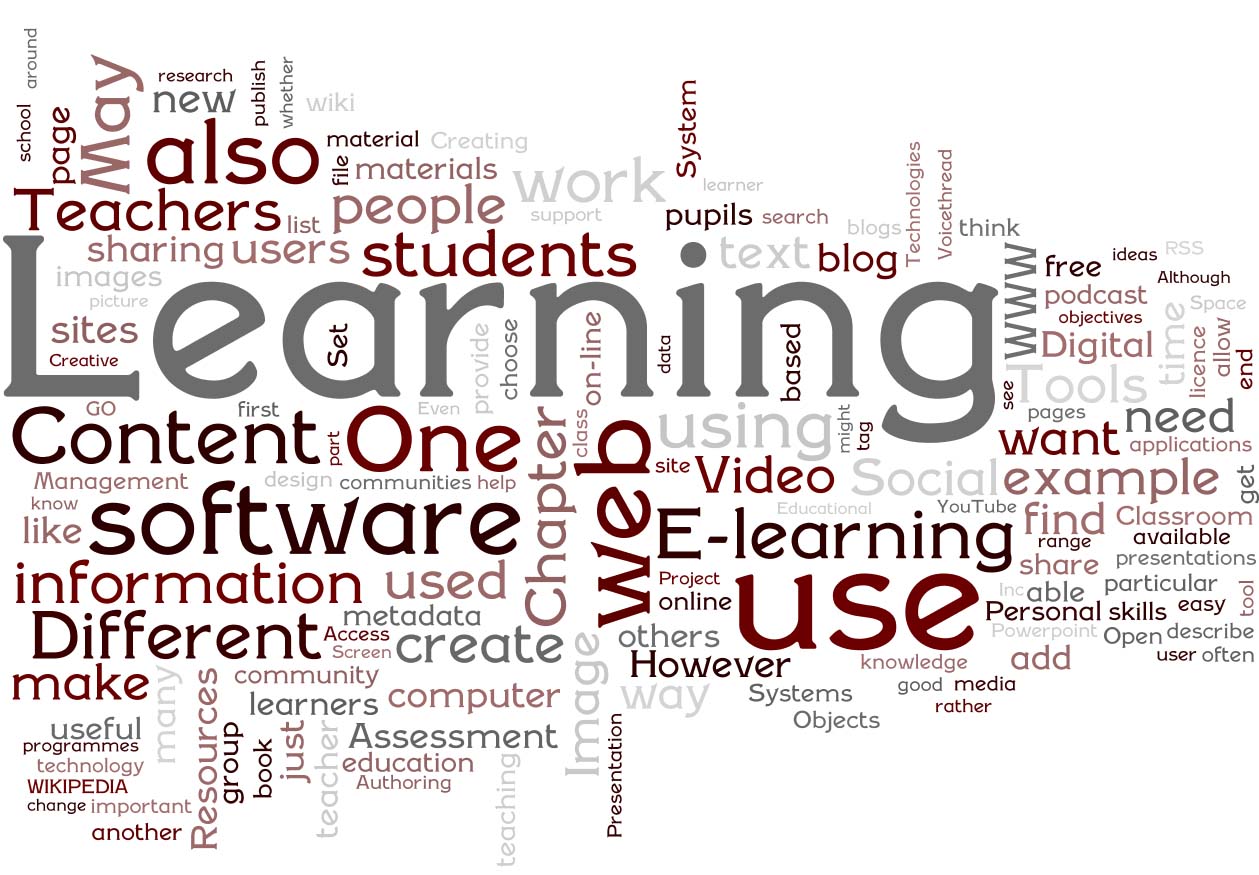Handbook for teachers on practical use of Web 2.0 and social software
Some of you may remember that in May I posted an order form for the EU Taccle project handbook on e-Learning – snappily entitled “Teachers Aids on Creating Content for Learning Environments.” Don’t be put off by the title – in my mind this is the best practical handbook I have seen yet about using Web @.0 and social software for teaching and learning. For those of you who did pre-order paper copies they should be with you shortly, although we may have to reduce some of the numbers on bulk orders. for those of you who did not order a copy – do not despair. the handbook is now available for free download from the Taccle site (although you will have to register on the site first). The handbook is available in English, Spanish, French, Portuguese, Dutch, Italian and German languages! It is also licensed under a Creative Commons licence and you are free to adapt and remix the materials if you so wish. If you need any more persuasion before rushing to download your copy, the following excerpt is from the foreword.
“Information and Communication Technologies are being increasingly used to create richer learning environments. In all sectors of education from primary schools to adult education, in schools for pupils with special education needs and in colleges and universities, technologies are being used across the curriculum to enhance students’ experiences.
However, technology is not enough. The creation of high quality content is essential if the potential of ‘e-learning’ is to be realised in a way that stimulates and fosters Life Long Learning. It is important to train teachers how to design and develop their own content and generate learning materials that can help their own students and
can also be freely exchanged with others.
The European Commission Comenius programme funded Taccle project aims through training teachers to create e-learning materials and raising their awareness of e-learning in general, to help establish a culture of innovation in the schools in which they work.
This handbook has been produced by the Taccle project partners in five different European countries. It has been written by teachers for teachers and caters for those with only basic computer skills and limited technical support.
The handbook is geared to the needs of the classroom teacher but teacher trainers, ICT support staff and resource centre staff may find it useful too! It provides both practical support for
teachers who want a ‘hands on experience and also help and information for teachers who just want to find out about e-learning.
The handbook is designed to provide practical support for teachers to:
- create content for electronic learning environments in the context of an e-learning course
- identify and decide which ICT tools and content are most useful for particular purposes.
- create learning objects taking into account information design, web standards, usability criteria and reusability (text, images, animations, audio, video) and which enable active, interactive and cooperative learning processes.
- use learning environments effectively in order enhance quality and create resources to help them do so.
- share the developed content with their peers using existing repositories.
If you do not understand some of these terms do not worry. The handbook provides friendly step by step guidance about how to do it and explains the different terms along the way.
Of course it might seem a little strange and old fashioned producing a printed handbook about the use of new technologies. But, as Jenny Hughes says in her introduction to the handbook, we felt that the very teachers for whom this book is written are probably the group least likely to use or feel confident about using web-based materials. A book is comfortable and familiar and that is exactly how we would like teachers to feel about e-learning.
Technologies are changing very fast. When we originally applied for a grant from the European Commission, we anticipated the main focus of the handbook would be the use of Learning Management Systems – systems that help to organize and administer learning programs for students and store and organize learning materials. At the time, this seemed to be the most important technology for creating and managing content. But since then , we have seen an explosion in the use of social networking applications like blogs and wikis, as part of what has been called Web 2.0. These are tools which make it very easy for people to create and publish their own content in different forms – text, pictures, audio and video.
These technologies make it easy not just for teachers, but for students to produce materials themselves and are increasingly being used in the classroom mixing traditional teaching methods with some e-learning methods in what is called Blended Learning.
Therefore, we have shifted the main focus of the handbook to provide a hands on guide to the use of such tools in the classroom.”

